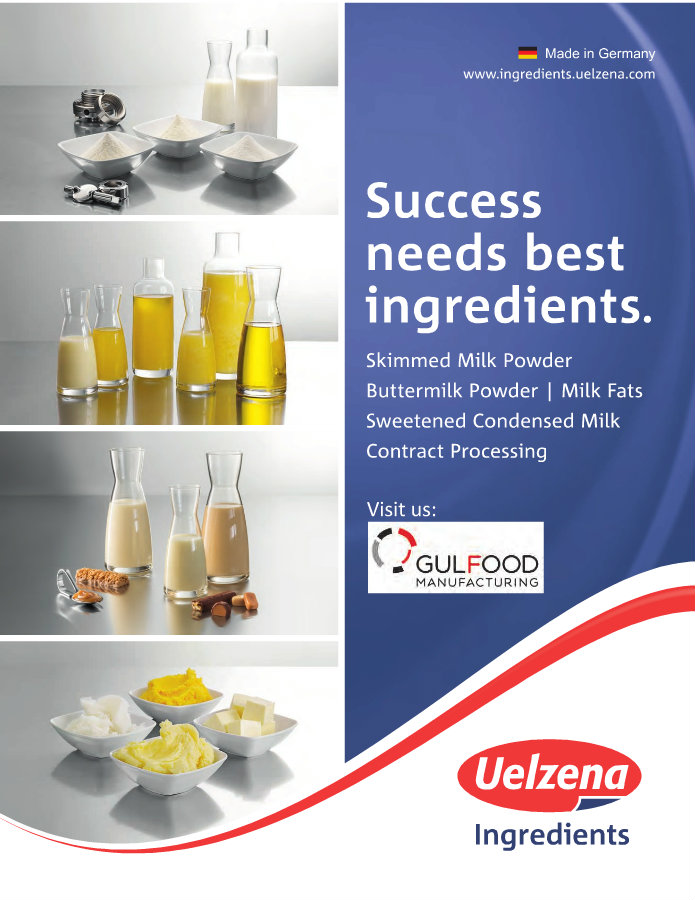Innovative enzymatic technology, such as Novozymes' Acrylaway®, effectively reduces the formation of acrylamide.
Acrylamide® is a naturally-formed chemical substance that has been raising a number of health concerns and posing manufacturers with the challenge of how to effectively reduce its concentration in their products. Innovative enzymatic technology, such as Novozymes' Acrylaway®, effectively reduces the formation of acrylamide.
Health Appeal
Acrylaway® has been proven to substantially reduce acrylamide formation across a broad range of foods, such as biscuits, snacks, coffee, and French fries, with the latest innovation, Acrylaway® HighT, targeting acrylamide mitigation in breakfast cereals, snacks and other food products that are typically processed at extremely high temperatures.
Back to basics
Acrylamide® is a chemical compound that is naturally formed in starchy foods when they are baked, fried, toasted or roasted. During heating the amino acid asparagines, naturally present in starchy foods, is converted into acrylamide in a process called the Millard reaction. The reaction is responsible for giving baked or fried foods their flavour, crust, and brown colour.
In 2007, Novozymes, the world's leading enzyme supplier, launched Acrylaway® which reduces acrylamide formation by up to 90% in many food products. By adding Acrylaway® before baking or frying the food, asparagines are converted into aspartic acid, which does not take part in the acrylamide formation.

Concern invites innovation
FoodDrinkEurope, the European food and drink industry confederation (formerly known as CIAA), launched an acrylamide reduction toolbox to offer the most efficient solutions to assist the affected industries. The toolbox is a combination of suggestions for changes in raw materials, processes, and recipes, with importance placed on the fact that the brand-specific customer acceptance of the final products should not be impacted. Asparaginases such as Acrylaway® are one of the options in the toolbox that is growing in appeal. The potential risk to humans by dietary exposure to acrylamide is not yet fully known and an increasing number of studies are currently in progress at an international level to collect the data needed to make an informed evaluation. Until more results are available, JECFA, the joint FAO/WHO Expert Committee on Food Additives, has recommended that appropriate efforts should be made to reduce the concentration of acrylamide in food. In early 2011, the European Commission issued a "recommendation on investigations into the levels of acrylamide in food," giving acrylamide "Indicative Values" to guide member states on monitoring, based on the European Food Safety Authority (EFSA) monitoring data 2007/2010. This was updated in November 2013. When products exceed these values, the government in question is asked to follow up with industry as to why the levels are higher than other products in the category and which mitigation tools are being used. November 2013 also saw the US Food and Drug Administration issue a draft guidance recommending companies to be aware of the levels of acrylamide in the foods they produce and consider adopting approaches that reduce acrylamide in their products.
The food industry cares about acrylamide reduction
Acrylaway® is used today industrially in more than 30 countries in a wide range of consumer products such as biscuits, snacks, French fries, and coffee.




